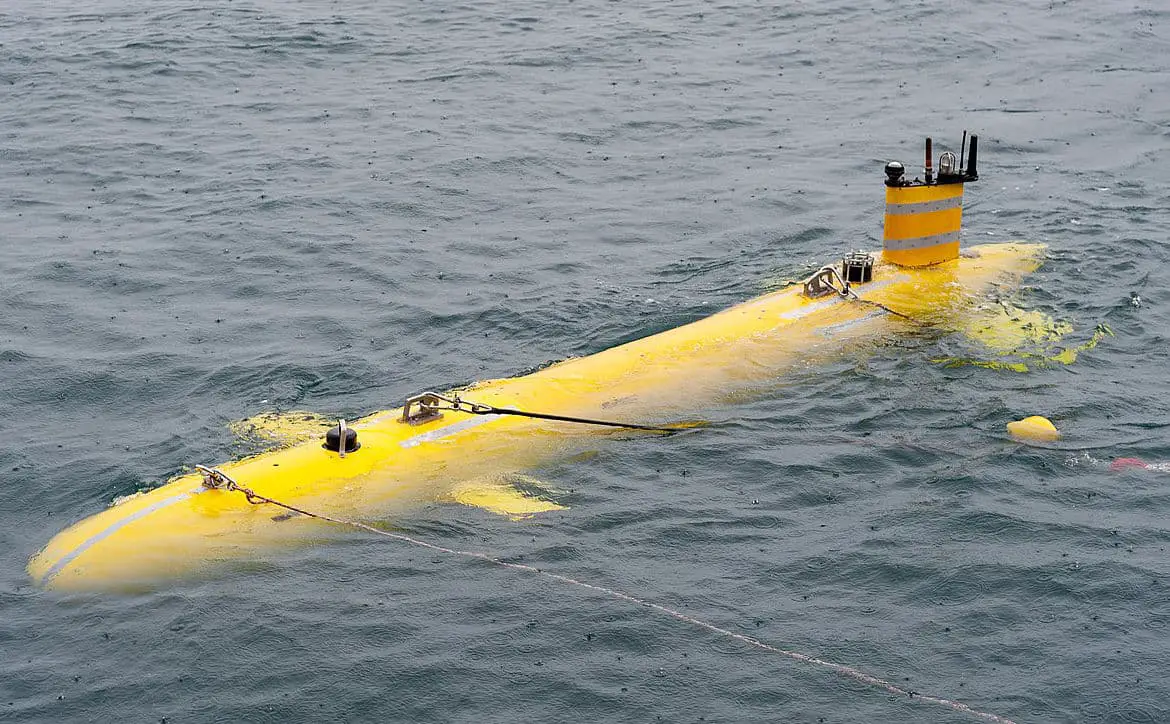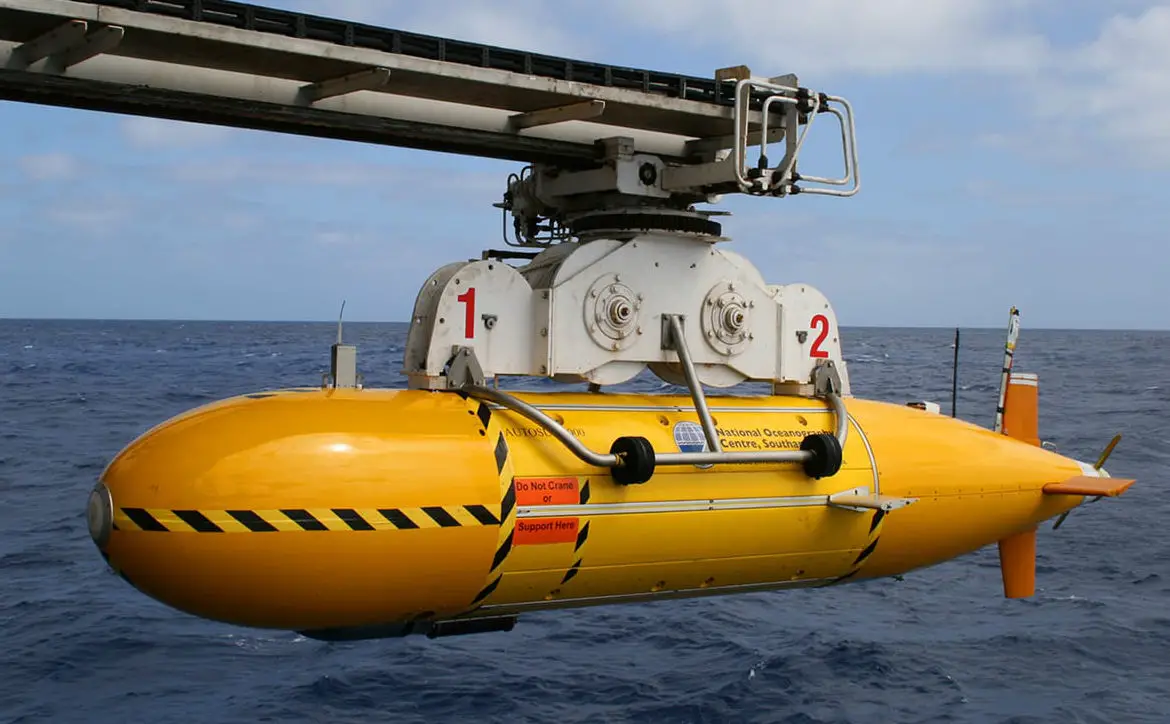Water is simultaneously familiar and mysterious. It’s necessary for life, covers most of the earth’s surface, and could power the world’s infrastructure, yet it contains the massive potential for destruction. It’s no wonder why so much technology revolves around it. While most of our daily activities happen above the surface, underwater technology could revolutionize many aspects of modern living. From environmental monitoring to energy to physical therapy, the submerged tech could do a lot of good. At the same time, you may not hear about these advancements as much as above-sea-level technologies.
Estimated reading time: 5 minutes
Here are five rising trends in underwater technology you should know about.
1. Underwater IoT
The internet of things (IoT) is one of the most disruptive technologies anywhere, and it applies underwater, too. Since water is so crucial to life, it’s important to understand it. Underwater IoT devices can measure many factors to provide researchers or businesses with helpful information.
One of the most common examples of underwater IoT is in wastewater treatment. IoT devices in these facilities collect data on water quality to help workers monitor it and ensure their purification systems are working. They also detect leaks in pipelines and alert employees so they can address them before they cause too much damage.
Underwater IoT sensors also help environmental researchers. They can track fish populations, measure waste levels, report temperature changes, and more to give a complete picture of underwater environments. As climate issues become more severe, this information is becoming all the more crucial.
2. Hydropower
Another rising trend in underwater technology is hydropower. Humans generate 30 billion tons of carbon dioxide each year, and a lot of that comes from energy production. New technologies let people turn water’s natural movement into electricity, helping the world move away from fossil fuels.
When you think of hydropower, you may think of dams or waterwheels on rivers and by waterfalls, but sub-surface hydropower is growing. Underwater turbines can turn currents into power the same way wind turbines work on land. Newer devices mimic seaweed and sway under the waves, using that motion to create electricity.
Underwater hydropower doesn’t change the look of an area from the surface and it doesn’t alter water temperatures like some floating devices. As renewable energy projects grow, so will these technologies.
3. Aquatic Therapy Equipment
Some underwater technologies don’t involve natural water sources. Pools, tubs, and other human-made waterways can benefit from new tech, too. One of the most exciting of these use cases is aquatic therapy.
Aquatic therapy works a lot like traditional physical therapy, but patients exercise in a pool or a deep tub. Technology comes into play because conventional electronics in treadmills, heart rate sensors, and other exercise equipment can’t work underwater. Waterproof variants of these tools let patients get all the benefits of physical therapy with the added advantages of water.
Water provides resistance so that normal motions exert more energy, helping work muscles more. At the same time, buoyancy lessens the weight-bearing burden on the patient, which reduces joint and muscle pain. Thanks to underwater therapy equipment, patients can recover faster with less discomfort.
4. Underwater Drones
When you hear the word “drones,” you may think of remote-controlled flying machines. But underwater drones are starting to take off, too. Remote-controlled robots can withstand high pressures better than humans and don’t require oxygen, making them ideal for work under the sea.
BP started using drones to check for cracks in subsea oil infrastructure to avoid another Deepwater Horizon incident. On top of being able to travel underwater without oxygen or other equipment, these bots carry sensors that let them detect even microscopic cracks. In the future, drones could even take over dangerous tasks like underwater welding or drilling.
Underwater drones are breaking into the consumer segment, too. Divers, snorkelers, and other enthusiasts can use subsea camera drones to explore reefs and take pictures of aquatic life. These gadgets can provide the same services as their above-ground counterparts, only under the waves.

5. Autonomous Underwater Vehicles
Similarly, the market for automated underwater robots is expanding, too. Autonomous underwater vehicles (AUVs) offer many of the same benefits as drones but work without a human operator. That way, they can accomplish dangerous or difficult tasks for humans and free workers to focus on other work.
Experts predict AUVs will see significant growth over time, with the market reaching more than $1.48 billion by 2025. This growth comes from two main drivers. First, AUVs save time and help mitigate labor shortages because they work autonomously. Secondly, they’re cheaper to deploy than drones and are better at navigating extreme environments since they don’t need continuous communication.
AUVs can monitor underwater infrastructure, gather data on ocean life, clean up pollution, automate dangerous tasks, and more. As underwater operations grow, so will these technologies.
Underwater Technology Is Taking Off
As learning about marine environments and capitalizing on water’s potential becomes increasingly important, underwater technology will grow. These technologies are already impressive, but the world has likely only scratched the surface of their potential.
Underwater technology can revolutionize many aspects of work and life, despite most of our lives happening above water. Whether you see it directly or not, these technology trends could have a substantial impact on your life.
What do you think of underwater technology? Please share your thoughts on any of the social media pages listed below. You can also comment on our MeWe page by joining the MeWe social network.










